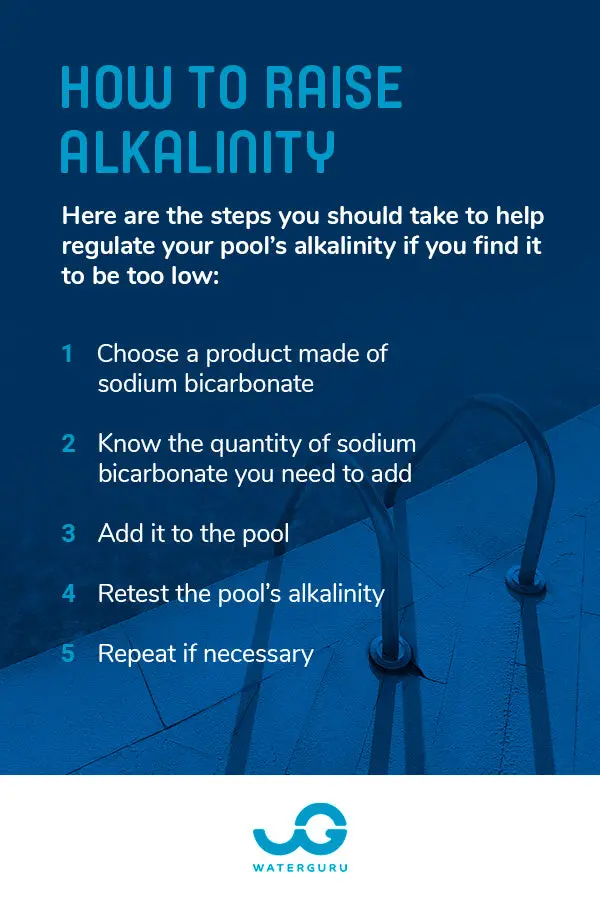When it comes to maintaining a clean and healthy swimming pool, one of the most important factors to consider is the pH and alkalinity levels. Proper pH and alkalinity levels not only ensure that your pool water is safe for swimming but also help protect your pool equipment and surfaces. In this article, we will discuss how you can adjust the pH and alkalinity in your pool to maintain optimal water quality.
The Importance of pH and Alkalinity
pH is a measure of how acidic or basic the water in your pool is. The ideal pH level for pool water is between 7.2 and 7.6. Maintaining the correct pH level is crucial as it can affect the effectiveness of your pool chemicals, the comfort of swimmers, and the longevity of your pool equipment.
Alkalinity, on the other hand, is a measure of the water’s ability to resist changes in pH. The recommended alkalinity level for pool water is between 80 and 120 parts per million (ppm). Proper alkalinity helps buffer changes in pH and prevents rapid fluctuations that can lead to corrosion or scaling.
Testing Your Pool Water
Before you can adjust the pH and alkalinity levels in your pool, you need to test the water to determine the current levels. You can use a pool water testing kit or bring a sample of your pool water to a professional pool store for testing.
Once you have the test results, you will know if your pH and alkalinity levels are within the recommended ranges or if they need to be adjusted. Testing your pool water regularly, at least once a week, will help you stay on top of your pool maintenance and ensure that your water remains clean and safe.

Credit: waterguru.com
Adjusting pH Levels
If your pool water’s pH level is too low (below 7.2), it is considered acidic, and if it is too high (above 7.6), it is considered basic. To adjust the pH levels in your pool, you can use pH increaser or pH decreaser, depending on whether you need to raise or lower the pH.
| pH Too Low (Acidic) | pH Too High (Basic) |
|---|---|
| Use pH increaser (sodium carbonate) to raise pH. | Use pH decreaser (sodium bisulfate) to lower pH. |
Follow the manufacturer’s instructions on the product packaging for the correct dosage and application method. It is important to make gradual adjustments and retest the water after a few hours to ensure that the pH level has stabilized.
Adjusting Alkalinity Levels
If your pool water’s alkalinity level is too low or too high, it can affect the pH stability and overall water quality. To adjust the alkalinity levels in your pool, you can use an alkalinity increaser or decreaser.
| Alkalinity Too Low | Alkalinity Too High |
|---|---|
| Use an alkalinity increaser (sodium bicarbonate) to raise alkalinity. | Use an alkalinity decreaser (muriatic acid) to lower alkalinity. |
Again, follow the manufacturer’s instructions for the proper dosage and application method. It is essential to make gradual adjustments and retest the water to ensure that the alkalinity level is within the recommended range.
Maintaining Proper pH and Alkalinity Levels
Once you have adjusted the pH and alkalinity levels in your pool, it is essential to monitor and maintain these levels regularly. Factors such as rainfall, pool usage, and the addition of chemicals can all affect the water’s pH and alkalinity.
Here are some tips to help you maintain proper pH and alkalinity levels in your pool:
- Test your pool water regularly, at least once a week.
- Adjust the pH and alkalinity levels as needed to keep them within the recommended ranges.
- Keep your pool water balanced to prevent corrosion, scaling, and other water quality issues.
- Consider using a pool automation system to help monitor and adjust your pool’s chemical levels automatically.
- Consult with a professional pool service if you are unsure about how to maintain your pool’s pH and alkalinity levels.

Credit: theelitepool.com
Conclusion
Proper pH and alkalinity levels are essential for maintaining a clean and safe swimming pool. By testing your pool water regularly and adjusting the pH and alkalinity levels as needed, you can ensure that your pool water remains balanced and healthy for swimmers. Remember to follow the manufacturer’s instructions when using pool chemicals and seek professional help if you are unsure about maintaining your pool’s water quality.
Keep your pool water balanced, and enjoy a refreshing swim in a clean and healthy pool!





